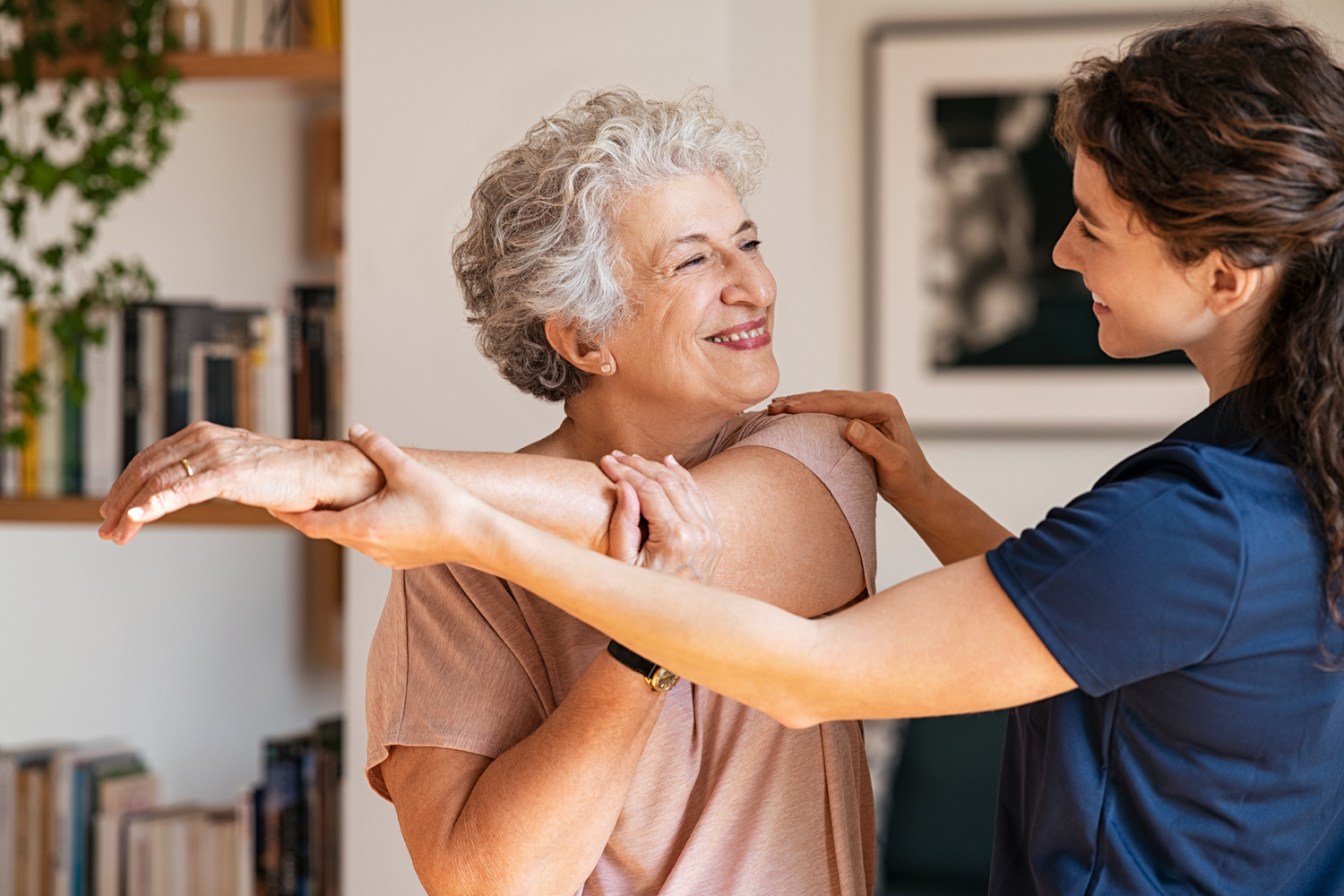How can I reduce my risk of developing lymphedema?

Meghan Flanagan, breast surgical oncologist at Fred Hutchinson Cancer Center in Seattle
Your lymphatic system includes hundreds of lymph nodes and an extensive network of tiny channels that run parallel to your blood vessels to carry lymphatic fluid throughout your body. Surgery to excise a tumor, such as one from the breast, often includes removal of one or more nearby lymph nodes to determine if the cancer has spread. Some of the lymphatic channels going into or out of your arms, legs or another part of your body may become scarred from this surgery, blocking the flow of a fluid called lymph. As a result, this fluid collects in tissue and causes swelling, a condition known as lymphedema. Radiation or cancer itself also can cause these channels to become blocked.
Prior to treatment or surgery, ask your care team about your lymphedema risk and any steps they will take to make this side effect less likely. In many cases, your surgeon will biopsy a single nearby lymph node, which can limit your lymphedema risk. When the removal of more lymph nodes is required, they can follow other procedures to prevent lymphedema. In breast surgery, for example, a technique called axillary reverse mapping allows surgeons to see where lymphatic channels are in the arm so they can try to avoid touching these pathways. If the lymph channels go into lymph nodes that need to be removed, surgeons can connect them to a vein to allow fluid to continue flowing. Evidence on how well this procedure, called a lymphovenous bypass, prevents lymphedema is mixed, but aside from the added time in the operating room, there’s little harm in having it done.
After surgery, all patients would benefit from going at least once to physical therapy, occupational therapy or oncology rehabilitation. There, experts can take measurements of the arms and legs and look for signs of blocked flow using a special machine. They may recommend compression bandages, garments or devices that compress the affected body part and encourage drainage. They also may teach you a massage-like technique to encourage lymph to flow through the lymphatic pathways.
The best thing to do to reduce the risk for lymphedema after surgery is to start moving your body, which will encourage fluid to drain from your extremities. Don’t overdo it right after surgery. Regularly move your arms and legs or try gentle exercise, such as walking or yoga. Work on your range of motion and stretching. If you do develop lymphedema or are concerned you may have symptoms, including swelling that restricts your movement, see your care team immediately.
LIMITING LYMPHEDEMA // The National Cancer Institute offers information about lymphedema, including good questions to ask your doctor. // Mayo Clinic outlines common symptoms of lymphedema, including swelling and a feeling of heaviness or tightness in the arms or legs.
The expert’s response was edited for clarity and based on an interview with Kendall K. Morgan.
Cancer Today magazine is free to cancer patients, survivors and caregivers who live in the U.S. Subscribe here to receive four issues per year.





